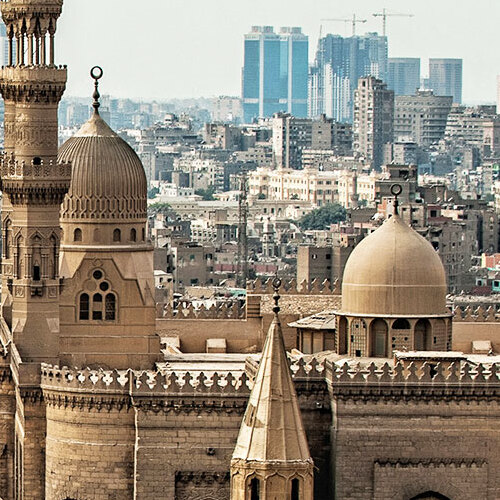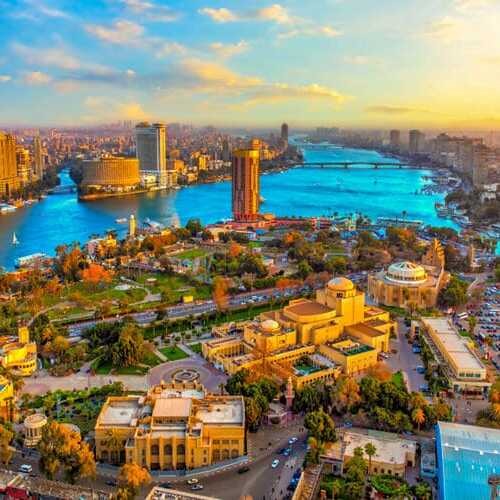No other nation in the world says ‘Welcome’ as often as the Egyptians, and every time, they mean it. While the ancient civilization of Egypt continues to amaze, contemporary Egyptians are equally remarkable.
The Coptic Museum
The Coptic Museum: A Timeless Tapestry of Faith and Art
Nestled in the heart of Egypt, the Coptic Museum stands as a beacon of cultural heritage, a testament to the enduring legacy of Coptic Christianity. Established in 1908, it proudly claims the distinction of being Egypt’s sole repository dedicated to the preservation of Coptic arts—a vibrant tapestry of creativity that spans the inception of Egyptian Christianity to the early days of Islam.
Stepping into this hallowed institution, visitors are greeted by a symphony of artistry that transcends time. The galleries bear witness to the meticulous craftsmanship of Coptic artisans, evident in the intricate woodcarvings that adorn the museum’s every corner. These masterpieces, echoing with the echoes of centuries, beckon you to immerse yourself in their beauty.
As you venture deeper into the museum’s embrace, you’ll encounter a captivating sculpture harkening back to the Ptolemaic period—a poignant reminder of the confluence of cultures and epochs that have shaped Egypt’s rich history. The walls themselves serve as canvases for an array of monastery frescoes, each stroke of paint carrying with it the essence of bygone eras.
The Coptic Museum is a treasury of textiles, where rich fabrics and intricate weavings tell stories of devotion and artistry. Over 1,200 pieces grace its halls, inviting you to embark on a captivating journey through time and faith.
In your exploration of this cultural gem, you’ll find not just art, but a living testament to Egypt’s spiritual and artistic heritage. It’s a place where history whispers its secrets through the delicate threads of textiles, where the past and present coexist in harmony.
For those eager to delve deeper into the annals of Coptic history, additional resources such as Cambridge Core, the repository of academic content from Cambridge University Press, offer a wealth of knowledge to complement your visit to the Coptic Museum. Here, you can unearth the intricacies and nuances that define the profound relationship between faith and art in Egypt’s Coptic tradition.
Created On May 4, 2020
Updated On January 26, 2024
CAIRO Travel Guide
The Complex of Sultan Ashraf Barsbey
Khanqah-Mausoleum of Farag Ibn Barquq
Mosque-Madrassa of Sultan Hassan
Mosque-Madrassa of Umm Sultan Sha’aban
Beit Al-Suhaymi(Al-Suhaymi House)
Khanqah & Mausoleum of Sultan Baybars al-Gashankir
Sabil And Kuttab Of Abdel Rahman Katkhuda
Madrassa And Mausoleum of An-Nasir Mohammed Sultan
Madrassa And Mausoleum of Barquq
Madrassa & Mausoleum of as-Salih Ayyub
Bein al-Qasreen STREET(Between The Two Palaces {Street})
Madrassa & Mausoleum of Qalawun
Midan Al-Hussein(Sayedna Al-Hussein Square)
Khan Al-Khalili Bazaar (Cairo’s Most Famous Bazaar)
The Church of St Sergius & Bacchus



